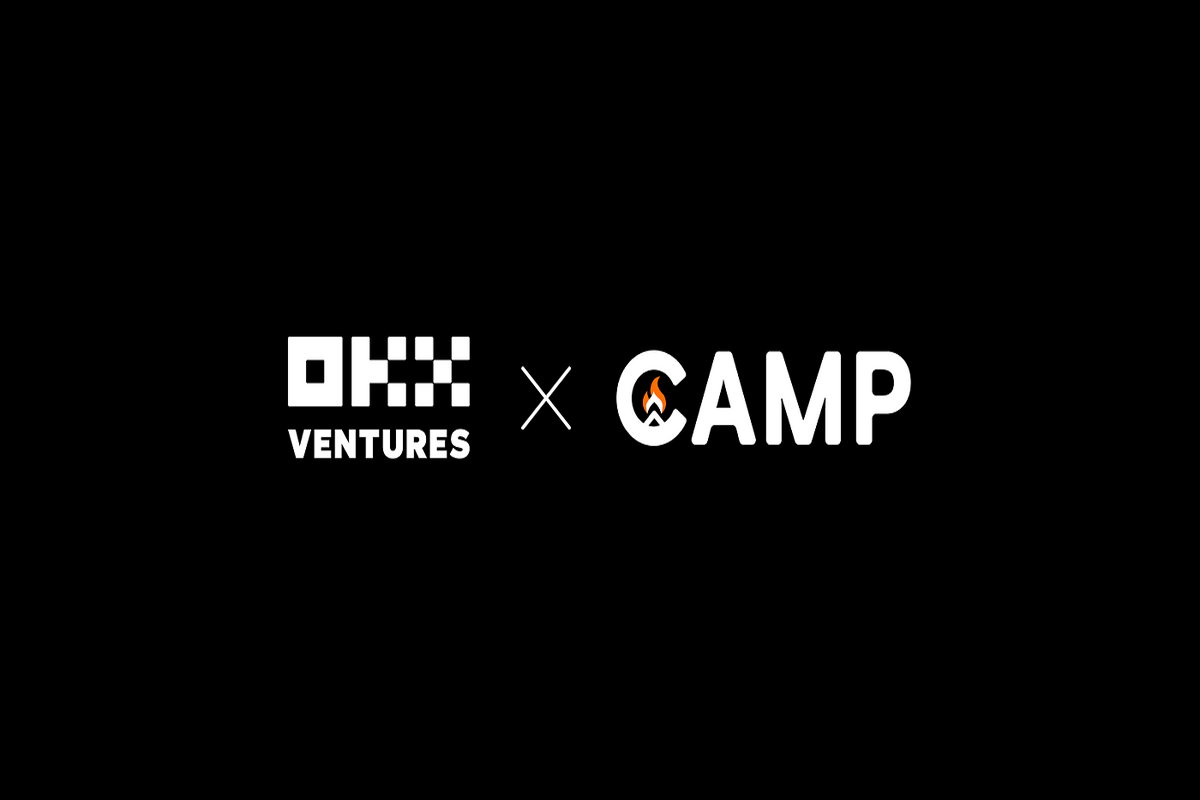
Camp Network is a Layer-1 blockchain that’s redefining how intellectual property is handled—aiming to empower the next wave of AI agents to access and use trusted, verifiable IP. We’ve already covered the main activities in their testnet. Now, the project has launched quests on Layer3, and we can take part in them.
Investments in the project: $29M
Investors: Paper Ventures, OKX, HTX Ventures
Step-by-Step Guide:
- Make sure to complete all the main activities mentioned in that post — and don’t forget to mint the domain from it as well.
- Request test $CAMP tokens here
- Complete Layer3 Quests (At the end of each quest, you’ll need to mint a cube. A small fee in the $CAMP token will be required for the minting.)
Costs: $0
A few words about Camp Network:
Camp Network is a Layer-1 blockchain designed specifically to support AI agents trained on verifiable, user-owned intellectual property (IP). With its Autonomous IP Layer, Camp makes it easy for anyone to tokenize their IP—whether it’s music, images, videos, or even personal data—and register it onchain for use in AI training, remixing, and monetization.
Camp’s architecture is built to support gasless IP registration, automated royalty payouts, and isolated execution environments tailored for agent-based workflows and smart licensing. Developers can launch their own dedicated app chains with separate blockspace and compute power, giving them the flexibility and scalability needed for complex, high-performance applications.
AI is transforming the internet—but it’s doing so at the expense of creators. Content is being scraped and used to train models without consent or compensation, leaving creators with no control or credit. This problem is only growing with the rise of autonomous AI agents—systems that will increasingly make decisions, filter content, and interact with the web on our behalf. As general-purpose models become widespread, the real value will shift to unique, user-owned IP and specialized agents trained on that IP. That’s where Camp steps in. Camp puts IP at the core of its design—not as an afterthought. It’s building the foundation for a future where AI and IP can work together in a fair and transparent way.







